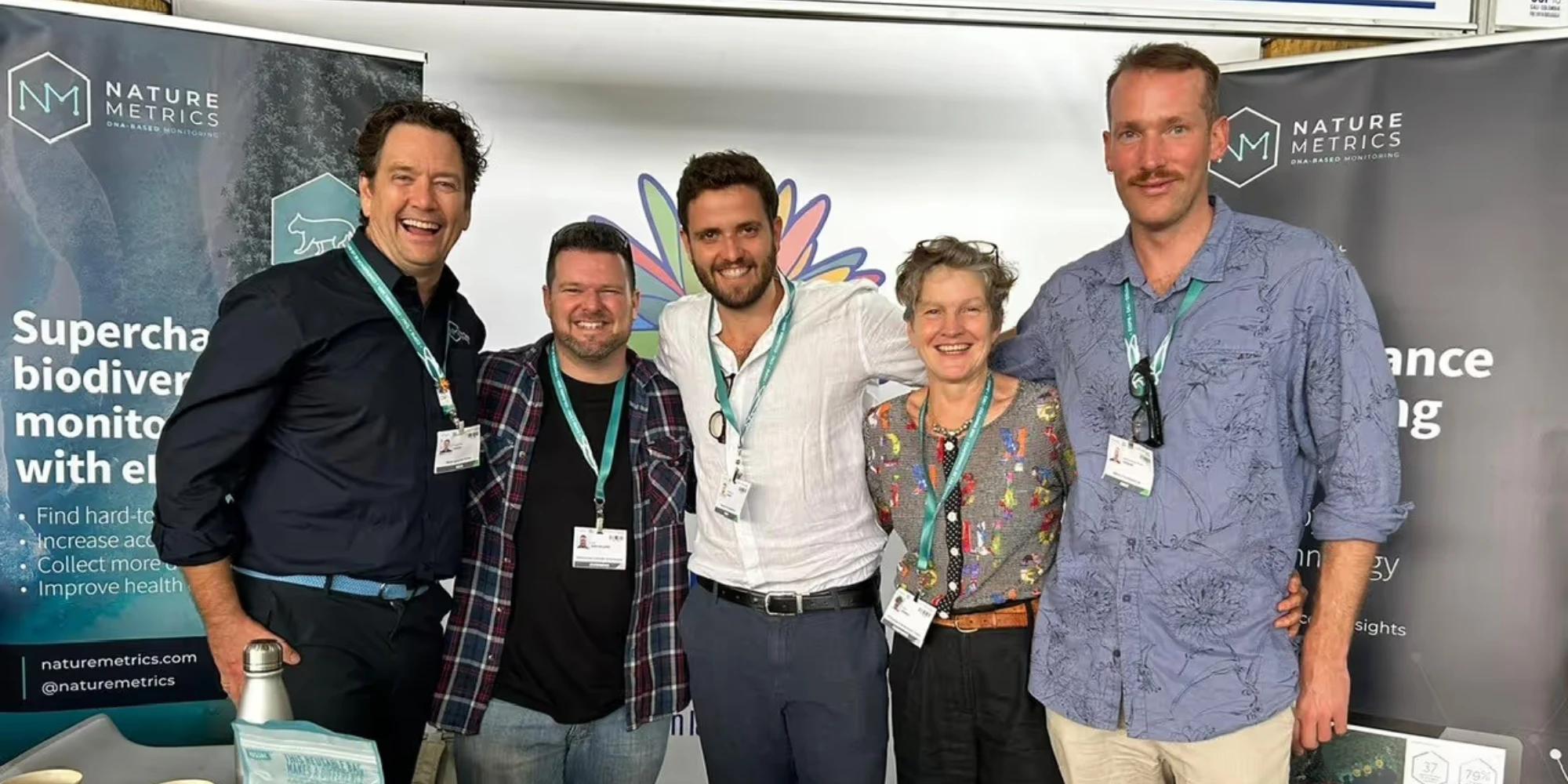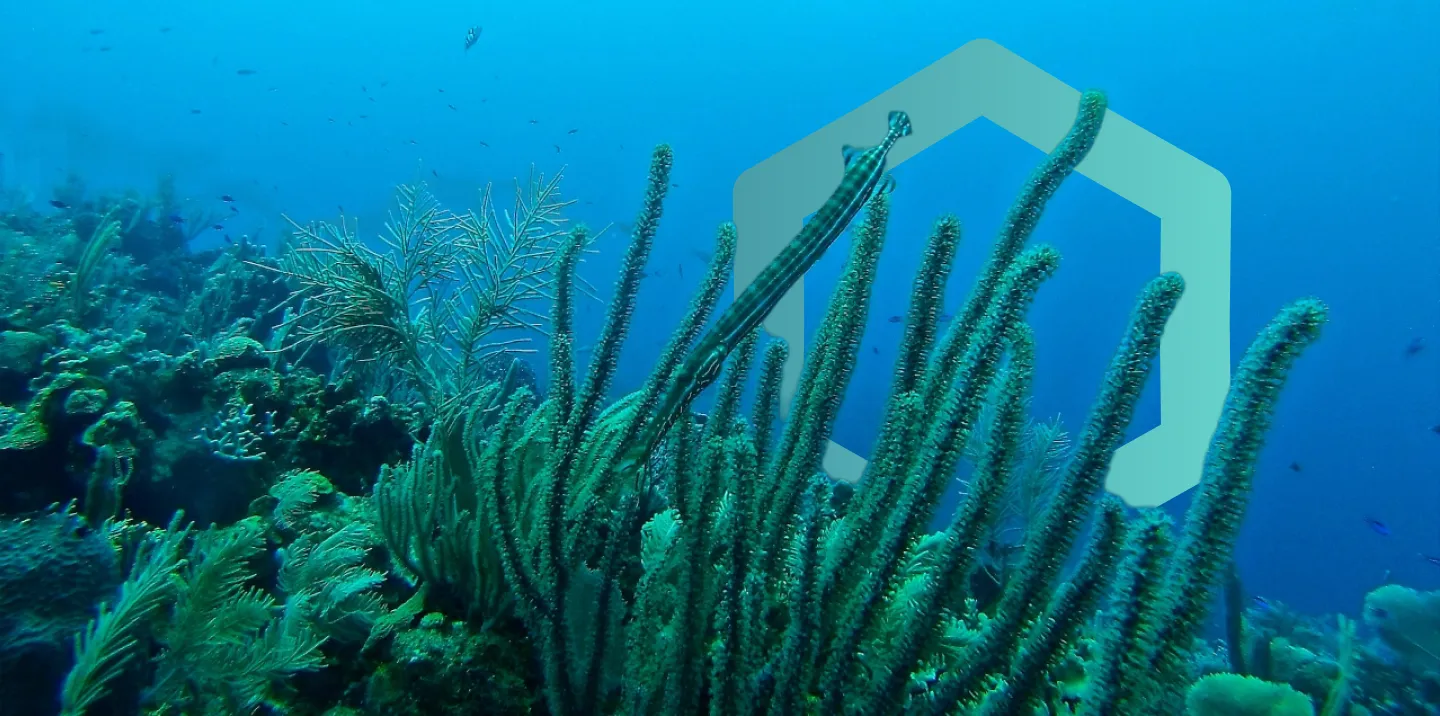"Exhausting!"
The resounding response echoed from our sleep-deprived team as they returned from COP16.
Exhausting, yes - but overall - exciting and motivating. Never had they experienced so much interest in driving meaningful progress for nature.
Battling torrential rain, lengthy queues and questionable salsa moves, our team in Cali brought back the impression that 'paz con la naturaleza' or 'peace with nature' was finally becoming mainstream.
Despite negotiation failures at the final hour and national biodiversity action plans behind schedule, a whopping turnout of 3,000 private corporations listening to the call for action on nature was meaningful.
And these companies weren't just listening. Many made meaningful contributions, shared learnings and dived deep into developing plans to further their commitments.
This marks a stark shift from COP15 where many companies were still battling with the basics of nature.
There is clearly a long way to go. But COP16 demonstrated that the will and the tools exist to turn the tide on biodiversity loss.
Now the real action must begin.
Key learnings from COP16
Before they’d had a chance to dive back into their overflowing inboxes, we ushered our biodiversity experts and COP attendees - Vere, Joe and Benji - into a room to share their reflections on the conference and what actions organisations must take to move the excitement into meaningful action.
Breaking the "Nature Hush": Leaders Step Forward
It is clear that the private sector is taking it upon themselves to drive action.
Joe Huddart, Biodiversity Solutions Engineer at NatureMetrics, comments: "The private sector is moving quickly. We saw incredible collaboration at COP16, with corporates, institutional investors, and NGOs coming together to accelerate action. What stood out was the commitment to shared missions and a recognition of the critical role biodiversity plays in reducing risk and enhancing resilience."
"Companies are finally breaking their silence about biodiversity initiatives," notes Vere Ross-Gillespie, Mining Sector Lead at NatureMetrics. "One of the most motivating sessions we ran with Accenture and Anglo American focused on practical implementation, moving beyond the high-level discussions that dominated previous COPs."
Ross-Gillespie highlighted how Anglo American is utilizing eDNA across their operations: "From a pit where they're mining iron ore all the way along the rail to the port, eDNA is informing risks and threats to nature, monitoring animal populations, and tracking sensitive and cryptic species. In their ports specifically, they're using it to detect invasive species - a major focus at COP16."
This openness to share best practices around commitments to nature and approaches to tackling shared challenges was clear across the conference. Unlike many other areas of life and business, nature seems to have a special ability to draw diverse groups together, sharing knowledge and techniques to tackle this fundamental challenge of our age.
Benjamin Barca, Head of Conservation at NatureMetrics, emphasized the impact of this transparency: "We spoke to hundreds of individuals, important decision makers at all levels. The focus on conservation and impact was tangible."
The Data Revolution: Beyond Proxy Metrics
Promisingly, the discussion around metrics and how best to measure nature was prolific. However, the use of proxy data remains abundant, whilst many organisations are still holding out for the holy grail of a ‘universal metric’.
A clear consensus emerged against what Ross-Gillespie termed "analysis paralysis." He explained: "A lot of these metrics are available are very coarse. When you go into a granular look at a specific site or the portfolio level of sites, we're talking about much smaller areas that now have a blanket pixel associated with them."
Barca elaborated on the limitations of proxy data: "We saw probably an over-proliferation of metrics using proxies that were trying to drive decision-making from the ground up. Speaking to companies, NGOs, and other stakeholders, this is definitely not enough to drive decision-making. It can be used at early-stage risk screening, but we're talking about habitat loss within a niche environment within a landscape—you won't even notice using a lot of the metrics currently being devised."
Huddart reinforced this by calling for immediate action: "We’ve been measuring nature for decades. We know what to do. Companies need to stop waiting for universal metrics to arrive and start monitoring ecosystems now using robust, peer-reviewed processes. The organizations already doing this are far ahead in managing risk and creating impact."
Indigenous Leadership: A Fundamental Shift
The involvement of and commitments made to indigenous peoples and local communities marked a fundamental shift from previous years.
Barca observed a dramatic evolution in indigenous engagement: "Going back to Rio, these conversations have been too slow, and the progress has been too slow because we're talking about over 30 years ago now. What we've seen which is starting to make a difference is that indigenous people have been investing in their leaders, in the education of their new generations."
He continued: "We met so many brilliant, well-grounded, and super knowledgeable indigenous leaders in Cali that asked the right questions. These are people that might have studied law, environmental law, understanding what their rights are, and asking pointed questions about data ownership."
The new DSI Cali Fund is a clear indication that the world is waking up the value of nature and that commitments need to be made to its guardians.
Financial Innovation: Breaking Traditional Models
However, talk of ambition will not materialise into action without a budget.
Ross-Gillespie emphasized the need for fundamental change in biodiversity financing: "Biodiversity still sits quite low on the prioritization of a lot of companies' budgets. The moment the share price falls, or there's a problem with a commodity price, one of the first budgets to get slashed are the nature budgets."
Ultimately, economic strength and sustainable business operations rely on healthy natural ecosystems and a stable climate. Investing in sound decisions for nature now will equate to long-term economic and corporate stability.
Huddart pointed out the importance of aligning corporate actions with national strategies: "One of the most exciting developments is the idea that companies operating in countries can contribute data directly to National Biodiversity Strategies and Action Plans (NBSAPs). This eliminates the need to replicate data and creates real alignment between corporate and national goals."
Early Action Imperative
As regulation and expectations mount, analysis paralysis cannot be an excuse. The tools and technology exist to turn ambition into commitments and monitor progress against targets.
Barca stressed the importance of early engagement: "Start thinking at an earlier stage about your actions that can make a difference and the types of outputs that you can achieve. We're seeing nature tech now becoming an important ally in these partnerships, driving that understanding of the impacts and the outputs related back to the actions on the ground."
Ross-Gillespie added practical advice: "Do as much as you can early on. Don't be afraid to put the money in early on, because it will eventually pay off to have done that. You'll have better data. You'll have less risk."
Looking Ahead: The Road to 2025
"The message from Cali was clear," Barca reflected. "2025 will be a pivotal year for corporate biodiversity action." With TNFD reporting requirements approaching and increased scrutiny on nature-related risks, companies must move beyond high-level commitments to practical implementation.
Huddart echoed this urgency: "The clock is ticking. Every year we delay action, the challenge of reversing biodiversity loss becomes harder. For those who aren’t sure where to start, we’re here to help pinpoint where your greatest risks lie and establish the baseline data needed for effective monitoring and long-term progress."
Seven Steps to Drive Meaningful Action
Ross-Gillespie outlines seven key steps to drive progress and guide your nature journey in 2025:
- Take a step back to first principles ecology.
- Engage with nature strategy at a corporate level.
- Follow through the LEAP process systematically.
- Prioritize areas of greatest risk or biodiversity importance.
- Commit to objective, repeatable monitoring.
- Get baseline data as early as possible.
- Think long-term about ROI.
Taking Action Now
"The time for debate has passed," concluded Ross-Gillespie. "We have the tools, we have a heap of data, and we have ways of generating even more data very quickly. What we need now is urgent action."
Huddart left a final thought: "Our community is full of passionate people who want to make an impact. This shared mission means there’s so much space for partnership and collaboration. By merging strengths and using robust, transparent measures, we can help companies deliver on their nature and environmental commitments effectively and at scale."
Ready to start your biodiversity monitoring journey? Book a consultation with our team to discuss how eDNA monitoring can provide the robust baseline data your company needs.



.png)






